Why does dill grow poorly in the garden?
Sometimes summer residents do not grow dill in the garden, although other crops are developing well. Some find a peculiar explanation for this. There is a sign that dill does not want to grow in those who have been exposed to the evil eye, spoilage, or severe stress. However, more often this phenomenon has quite prosaic reasons. One has only to plant greens in a suitable place and provide them with good care, as the dill bushes grow, become lush.
Reasons for poor growth of dill
Some summer residents consider dill an unpretentious culture: it is worth sowing seeds as soon as the earth warms up a little, and soon shoots appear. The bushes begin to grow rapidly and after a while are able to yield early greens. Others are unlucky with this culture: dill refuses to grow in their country house. There are several main reasons for this state of affairs.
Low quality seeds
The shelf life of dill seeds depends on when and how they were harvested, whether they were well dried. For planting, you must use high-quality seed. Germination greatly deteriorates after 2 years of storage, therefore, seeds are not used for more than two seasons in a row, although such seeds may still be useful as a spice. Be sure to pay attention to the release date of purchased seeds.
Planting material of late-ripening varieties often does not have time to fully mature - this is another reason that dill does not grow in the garden. For the full ripening of dill seeds with late ripening periods, 120 days or more are needed. For planting in central Russia and more northern regions, you should choose early and mid-season varieties of culture if you plan to grow it not only for greens, but also for obtaining seeds.
Wrong choice of location
Some varieties of dill are characterized by increased shade tolerance, but in general it is a light-loving culture. For planting greenery, you need to choose well-lit places. In the shade, dill grows poorly, forms thin stems, loses its color juiciness.
Having planted a plant on the north side of the fence or outbuildings, summer residents risk being left without greenery or the harvest will be completely scarce.
But planting in the scorching sun will not benefit the culture either. In this case, the plants will get burned. This can be recognized by the fact that the dill curls. In this case, you will need to organize a light shade, and in the evenings arrange a cooling shower for the plants, pouring them from a watering can, starting from the top of the head.
It is also recommended to take into account the rules of crop rotation. Dill will grow best after:
- cabbage;
- cucumbers;
- potatoes;
- legumes.
Other vegetables can severely deplete the soil or leave fungal spores and clutches of pests (aphids, carrot flies, leaf flies, and others) in the ground that are dangerous for green crops.
Violation of landing rules
Mistakes when planting dill are often made by beginners. For example, sprouted seeds are casually thrown into the grooves, while they must be planted very carefully so as not to damage the sprouts.
Dill will not sprout if it is sown in dry ground. This is a moisture-loving crop and the irrigation regime plays an important role for it throughout the growing season. Dry seeds can germinate after rain. The seeds that hatch, planted in dry soil, will inevitably die. When planting, the seeds should not be deeply buried; the depth of the groove should be no more than 2–2.5 cm.
Bad land
Dill does not have any special requirements for the composition of the soil, but at the same time the soil must be fertile, loose and possessing neutral acidity. Only in this case, green and lush dill will grow in the garden. The difficulty lies in the fact that the culture does not tolerate the introduction of dolomite flour or lime in order to lower the acidity of the soil immediately before planting.
The earth should not initially be acidic. Liming can be done after harvesting dill before growing other crops. Good growth of greenery is prevented by soil cracking and the appearance of a hard crust on it. This happens if summer residents neglect loosening.
What to do to make the greens grow well?
In the event that an unsuitable place was chosen for planting dill or poor-quality seeds were caught, the situation can only be corrected by re-sowing. You should use another planting material, after making sure that the variety and expiration date are correct.
A few tips:
- To improve germination, seeds can be pre-germinated and then carefully embedded in the ground.
- An even greater guarantee of a good harvest of greens will be given by the seedling method of growing. Sowing dill can be done at home, and after 3-4 weeks, plant the crop in open ground, where the plants will quickly get stronger.
- If the first two methods seem laborious, you should at least soak the seeds in hot water before planting to dissolve the film of essential oils that covers them.
- When planting bush dill, a looser scheme is used (20–25 cm between plants) so that the seedlings can develop freely without interfering with each other.
Sometimes the situation can be corrected by adjusting the care or feeding the plants. This is possible if the seeds have sprouted, but the dill grows slowly and looks frail.
Correct care
Thinning should be done if the emerging seedlings look weak and sit too densely. In crowded conditions, plants are forced to compete with each other for food and moisture. Weaker seedlings are pulled out and used for greens (with a sufficient amount of leaf mass).
Dill needs to be watered regularly to keep it growing. The soil should only dry out slightly before watering again. During active growth, the culture is watered once every 3-4 days, consuming about 7 liters of water per 1 sq. m. To prevent moisture from evaporating intensively under the sun's rays, watering is best done in the evening before sunset. Previously, the water is defended by pouring it into barrels located in the sun.
After rain and watering, the soil in the aisles is carefully loosened, trying not to touch the roots of the plants. Loosening is also carried out if the greens are grown in a greenhouse. The flow of oxygen improves the work of the roots, which ultimately has a beneficial effect on the development of the culture.
Top dressing to improve growth
2 weeks after the emergence of shoots, it is necessary to carry out a planned feeding. At this stage, the use of industrial formulations is permissible. To feed the dill, you can use the fertilizer for other plants purchased earlier.
Most suitable remedies:
- ammonium nitrate;
- "Radiance";
- Baikal EM-1 and other emoji;
- Biud.
The preparations must be diluted in accordance with the instructions and water the plants under the root.
Fertilizing with ammonia will help speed up the growth of dill. This folk remedy is absolutely harmless. After using it, greens can be eaten without any fear.
Ammonia is nothing more than an ammonia solution. Its use makes the foliage of dill brighter and more lush. The solution is prepared from 1 teaspoon of ammonia per 1 liter of water. Top dressing is carried out on a leaf in the morning in calm and dry weather. At the same time, the composition will scare off all kinds of pests from the greenery.
The reasons for the poor growth of dill are easy to identify and eliminate if you first familiarize yourself with the agricultural technology of the crop.Complete care and feeding guarantees excellent growth of greenery. In the event that the seeds have not germinated, re-sowing should be carried out, observing the necessary rules.
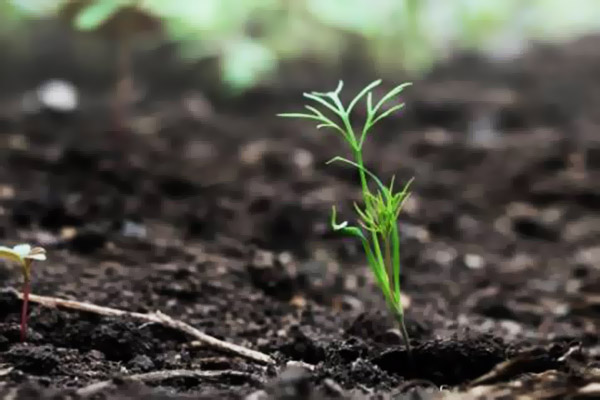
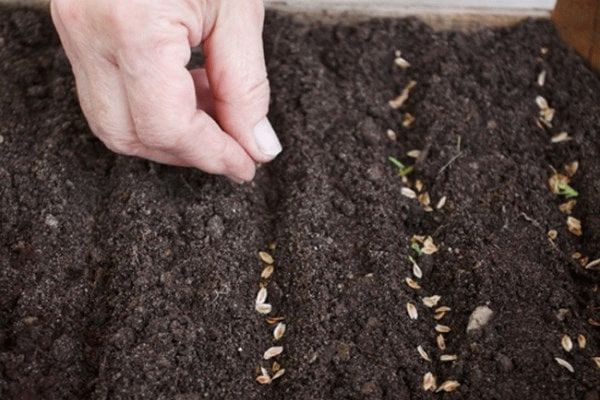
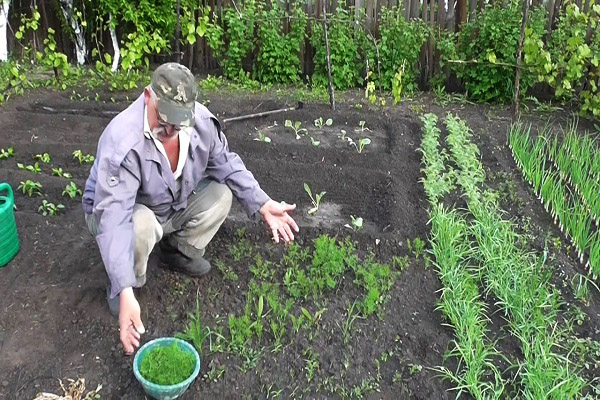
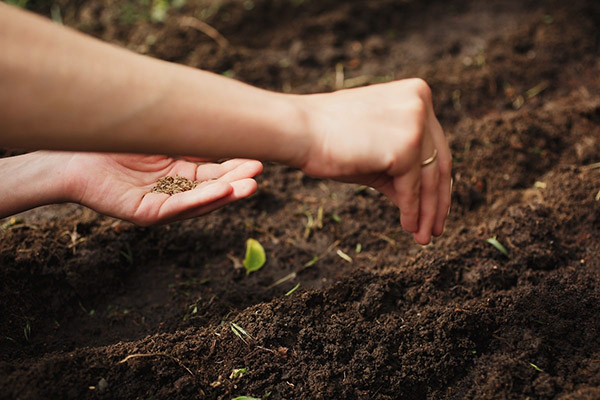
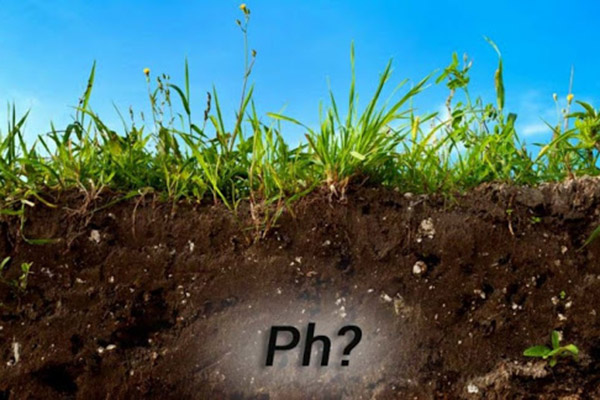
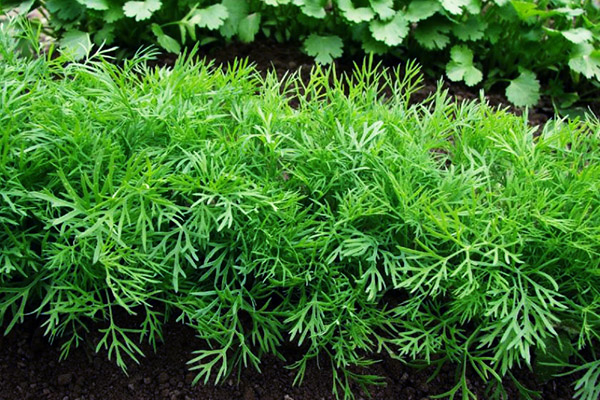
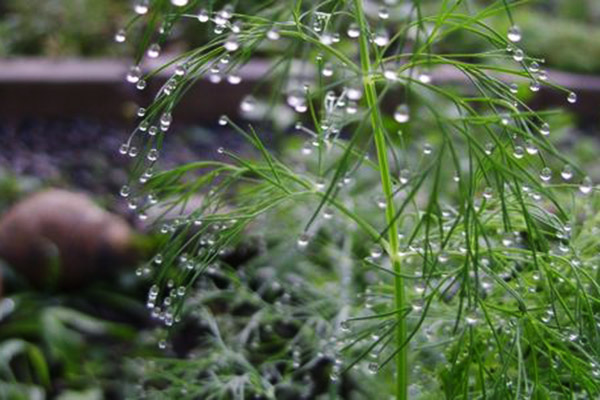
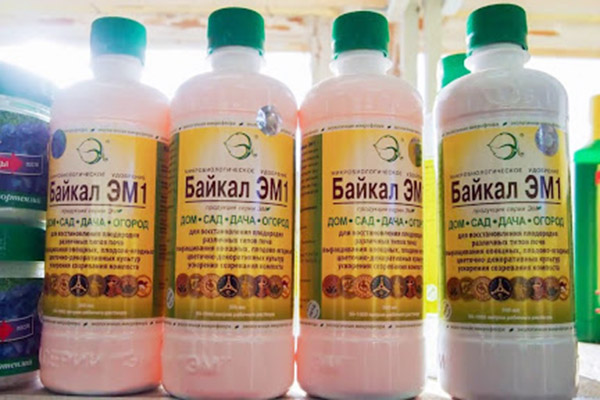
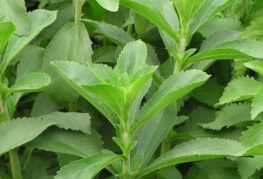
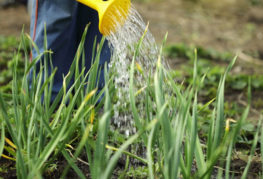
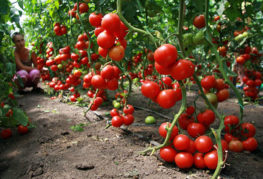
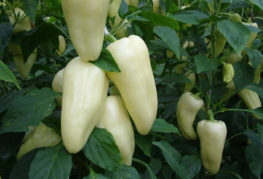

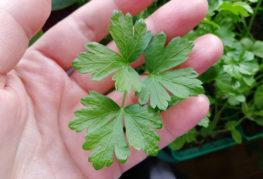
and will be published shortly.